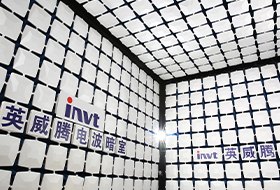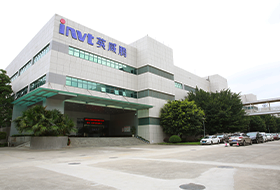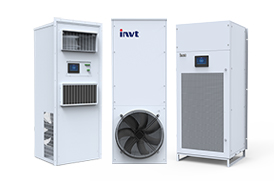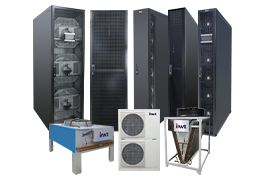What is Grid Interactive Data Center
Uninterruptible power supplies (UPS) have long been relied upon to maintain power supplies and provide critical services during grid outages. From hospitals to intelligent transportation systems to data centers, UPS can keep running when the grid fails. They are there to keep things going when everything else is interrupted.
Most data center facilities will use a UPS system with a giant array of batteries whose total capacity is consistent with the size of the IT load. These batteries may be lead-acid batteries or the more modern lithium-ion batteries.
Suppose data centers are built to high-availability standards, which make up most modern data centers today. In that case, the power stored in the batteries can help the grid when there is a problem rather than just weathering the crisis.
The change also makes it easier for owners and operators of data center facilities to manage sustainability efforts.
●The criticality and redundancy of UPS
As we all know, the UPS sits at the heart of the data center power distribution system, providing clean, uninterrupted power to IT equipment and, together with the power switching mechanism, keeping the IT loads alive during the switch to on-site management, usually in the form of a diesel generator.
The higher the availability requirements for a data center facility, the greater the battery and generator capacity installed to ensure the facility can keep the IT load running under all conditions.
With the right tools, this often unused capacity can be made available to the grid to help it recover from outages or prevent them entirely. The more prominent players in the industry are exploring this with so-called grid-interactive UPS.
●Dialogue with the grid
UPS systems within high-availability data centers will have double or triple the battery capacity required to ensure mission-critical IT loads are never lost. However, this capacity is rarely used up, which creates an opportunity.
Using an external controller and a range of digital functions, data from the grid can flow in real time. When the grid frequency changes, it instructs the UPS to respond positively or negatively by charging or discharging the battery within its operating limits. This effectively turns the data center's UPS into a distributed energy source.
This could create a new generation of grid-interactive data centers, potentially transforming them from vast energy consumers to critical parts of the broader distribution system.
By selling flexibility to the grid, data centers can monetize underutilized resources by providing energy storage and fast-frequency response services. As renewable energy capacity increases and the grid loses the rigidity associated with fossil fuel generation, grid operations Businesses will increasingly need these services.
●Advantages
Grid-interactive UPS can help data centers commercialize the energy they store, reducing overall energy costs and positively impacting a facility's total cost of operation (TCO), which is primarily dominated by energy costs.
This is achieved through balancing services, which help meet grid supply needs by focusing on fast frequency response and demand control. Balancing services ensure that electricity supply meets demand, provides grid stability, and enables revenue generation and energy savings.
Additionally, if the facility participates in the local grid's demand management program, known as "peak shaving," it can reduce energy consumption by switching to on-site generation or relying on battery storage capacity. Through this mechanism, it helps the grid avoid blackouts.
Grid-balancing data centers receive additional "energy" compensation based on how quickly they respond to frequency fluctuations and the energy saved.
●The remaining challenges
Because the technology is still new, there are few examples of large-scale deployment in the real world. Change-averse data center operators remain reluctant to change the UPS systems they have relied on and are at the heart of mission-critical operations.
Most concerns revolve around the impact of the batteries' life cycle, as grid-interactive technologies will charge and discharge more than batteries in data center facilities today.
The manufacturer stresses that these concerns are unfounded as operating limits can be built into the grid response approach, allowing the UPS to interact with the grid only when it is safe. Additionally, modern UPS systems have built-in optimization features and advanced analytics to handle the significant aging factors associated with each battery chemistry.

 networkpowersales@invt.com.cn
networkpowersales@invt.com.cn


























